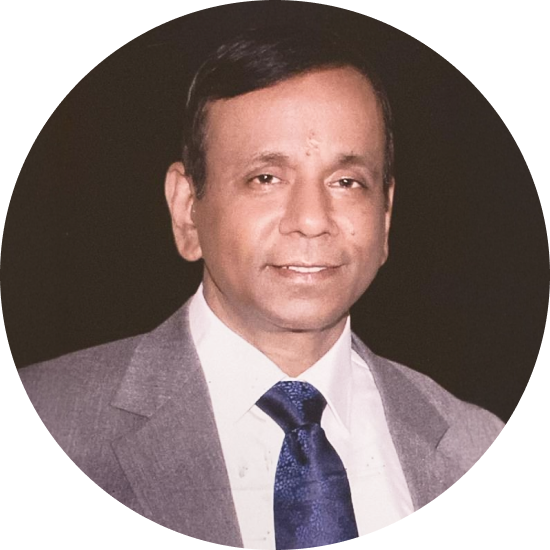
Dr. Subodh Agrawal
Our Founder
About us
Our journey began more than 30 years ago with a quest for excellence when Dr. Subodh Agrawal, our founder, after working for two years at Kanpur Medical College, realized that he needed to venture out into the private sector to deliver high-quality eye care to his patients. With this dream, he established a clinic in the busy area of Naka Hindola, Lucknow. The locality became synonymous with his clinic and he practiced there for 25 years before moving to a much bigger state-of-the-art premises at Hazratganj, Lucknow.
In the early 80s, eyecare was in its infancy and there were no lenses available in India for patients after cataract surgery. He was the first to start lens implantation in the state in the late 80’s. In the early 90s, he introduced Modern Phaco surgery in Lucknow and also introduced the YAG laser system in UP for after-cataracts. In 2006, he introduced Lasik Laser surgery in Lucknow.
Honesty, ethics of the highest standard and dedication towards his patients are what drove him for more than two decades in Ophthalmology until his untimely demise in 2010.
Services & Treatment


Book Your Appointment Online
We are now accepting online appointments via WhatsApp. Simply click the button below to schedule your appointment quickly and easily.
Surgeries
- Cataract surgery is a day care procedure; patients can leave the hospital within half an hour after surgery.
- The eye is numbed using drops or injection based on patient cooperation and type of cataract — decided by the surgeon during surgery.
- If numbing eye drops are used, the patient wears protective glasses post-surgery.
- If an injection is used, the eye is patched overnight.
- All leading empanelments and TPAs are accepted.
- All types of intraocular lenses are available: Monofocal, Multifocal, Toric, etc.
- Surgery for cataracts in babies and children is different from that of adults.
- Surgery is done under general anaesthesia and is painless for the child.
- It is a day care procedure, but the child goes home 4–5 hours after surgery.
- The child must be kept fasting 6 hours before surgery and 4–5 hours afterward.
- An anaesthetist and paediatrician will check the child before surgery to ensure fitness for general anaesthesia.
- All children require glasses after surgery, which are essential for vision recovery.
- Some children may need patching therapy to improve vision post-surgery.
- Children require closer and longer follow-up after cataract surgery.
- Squint can be operated on in both adults and children.
- Squint surgery in children should be done at the right age to help the brain learn to use both eyes together — no need to wait until the child is older.
- The eyes appear red after squint surgery, typically settling down in 2–3 weeks.
- Children may require about a week of medical leave after squint surgery.
- Squint surgery is very safe and does not endanger vision.
- Glaucoma surgery is considered when eye drops fail to control intraocular pressure.
- The aim of glaucoma surgery is to lower eye pressure to prevent further damage to the optic nerve.
- Glaucoma surgery does not improve vision or reverse optic nerve damage already done.
- LASIK is done to permanently correct eye power using laser technology.
- A detailed evaluation is done before LASIK to ensure it’s safe — LASIK is not advised for thin or dry corneas.
- LASIK is performed only after the age of 18–19 when power stabilizes.
- We have partnered with a leading eye hospital for LASIK surgeries.
- When LASIK is not feasible (e.g., high powers), alternatives like ICL can be considered.
- LASIK is currently less effective for plus numbers but effectively corrects minus numbers in the range of -1 to -8 with cylindrical powers up to 3–3.5.
- This procedure is done on babies usually older than 1 year for blocked tear ducts.
- It is performed under short-duration general anaesthesia.
- A thin wire-like probe is inserted through the natural tear duct opening to manually open the blockage — no skin incision is made.
- No post-operative care is usually required after this procedure.
- Pterygium is a wing-shaped pinkish growth at the inner corner of the eye that can extend onto the cornea.
- Pterygium can be safely removed with surgery.
- The eye is patched overnight and eye drops are required for about a month after surgery.
- Some scarring or whiteness may remain on the cornea even after removal.
Testimonials
Our Patient feedback about usOur Team

